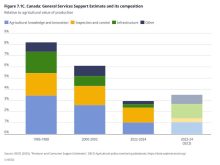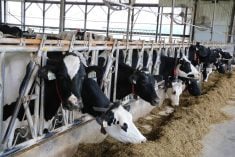Organic producers have only a few weeks left to comment on proposed changes to Canada’s organic standards.
Drafts of the proposed update and updated permitted substances list have circulated since spring. The Canadian General Standards Board launched a 60-day consultation period on the update May 30. Anyone wanting to comment has until July 29.
WHY IT MATTERS: Canada’s organic sector is looking for rules that preserve the integrity of their differentiated products while also supporting farm production.
Read Also

Seeding Indigenous agricultural prosperity
National Circle for Indigenous Agriculture and Food says Indigenous agricultural success needs strong relationships.
The changes come out of a two-year review process after industry called for a rule revamp in 2023, according to a July virtual event later posted to YouTube by the Organic Federation of Canada.
Various organic industry groups, including Manitoba Organics, joined forces July 4 for a virtual question and answer event outlining to draft rules.
Big changes include newly permitted use of a previously banned fertilizer, new thinking on treated fenceposts and new considerations on the required window between conventional management and organic.
“If there are changes that a bunch of farmers or industry people have that were not considered, those comments can be sent in and it will go back for discussion where they’ll either have to change the wording, scrap it entirely until the next standard (review) or modify it before this standard is pushed into place,” said Manitoba Organics executive director Marika Dewar-Norosky.
The standards — based on recommendations from the producer organization’s technical committee — are reviewed every five years, said Dewar-Norosky.
“If this affects your farm in a way that’s not been anticipated, then we need to know about it so that we can change it.”
New struvite sources to be allowed
Should the new standards go ahead as written, organic producers would gain better access to struvite as a phosphorus fertilizer.
Struvite is the end result of crystallizing phosphorus from wastewater to create a phosphorus product. But while struvite from municipal wastewater has garnered attention as a possible win-win for agriculture and water nutrient loads, organic standards until this point have nixed the potential for human-sourced struvite.
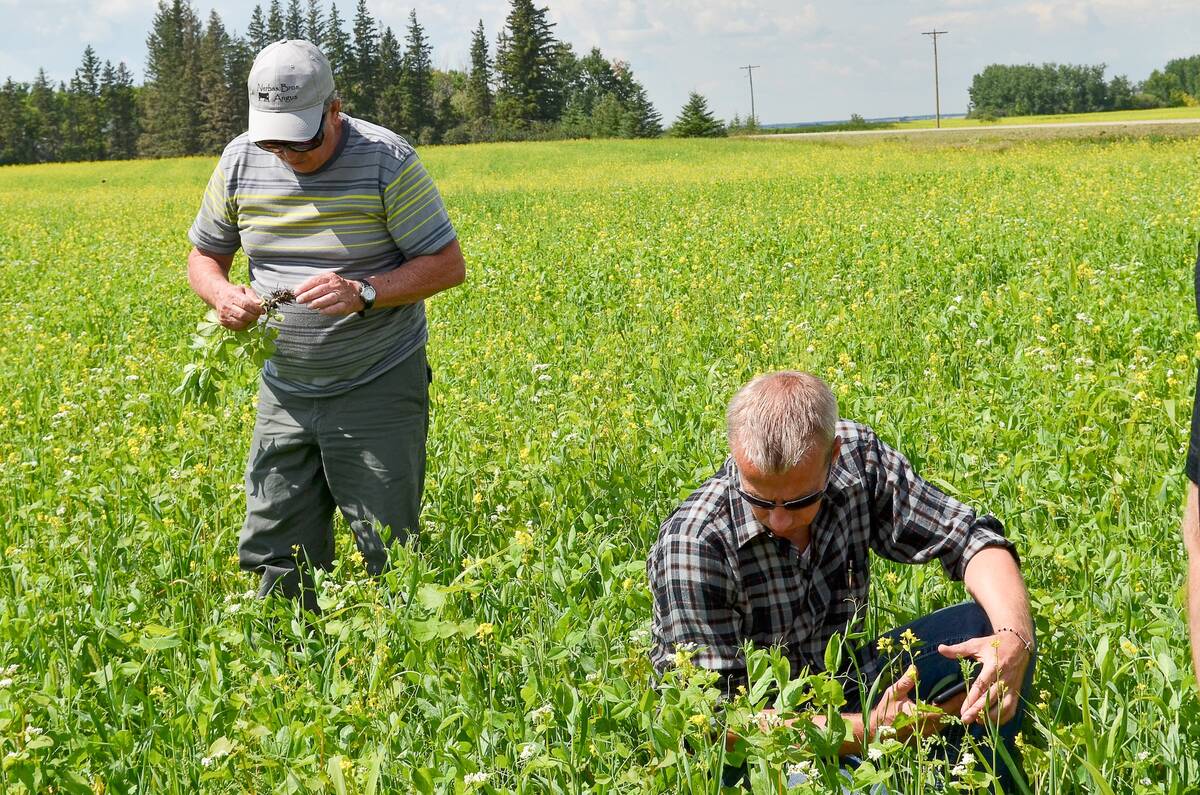
That would change under the new draft rules. The full list of viable struvite sources would include liquid animal manure or anaerobic digestate, biofuel waste and “municipal wastewater that has undergone advanced treatment processes/systems capable of reducing impurities to levels below those attainable through conventional secondary or biological treatment.”
As of March 2025, there were no commercially available sources of manure-derived struvite in Canada, according to a Canadian Organics Standards backgrounder document. Industry could only get struvite sourced from municipal waste.
“The hope is that struvite from multiple sources will eventually become available,” it read. “Permitting struvite from municipal wastewater provides a source of phosphorus — which is greatly needed for alkaline P-deficient soils.”
Furthermore, the document noted, struvite from municipal wastewater is already approved in the European Union.
“This decision was made after extensive study by the Expert Group for Technical Advice on Organic Production and the EU general fertilizer commission, which found this form of struvite to be safe for humans, animals and the environment (subject to purity restrictions),” the document read.
That’s a major change, said Dewar-Norosky. Organic standards in Canada have traditionally disallowed the use of municipal or human sources for organic products. It’s currently allowed in conventional agriculture.
“This has been changed to allow struvite as a phosphorus input on organic farms and for farms like my own in western Manitoba, where we don’t have manure readily available,” she said. “It’s going to be a game changer in being able to buy a renewable source of phosphorus.”
It will also benefit adjacent water bodies, she noted.
“This is essentially taking phosphorus out of our waste system that is contributing to things like algae blooms in Lake Winnipeg and allowing farmers to use it in their fields as fertilizer.”
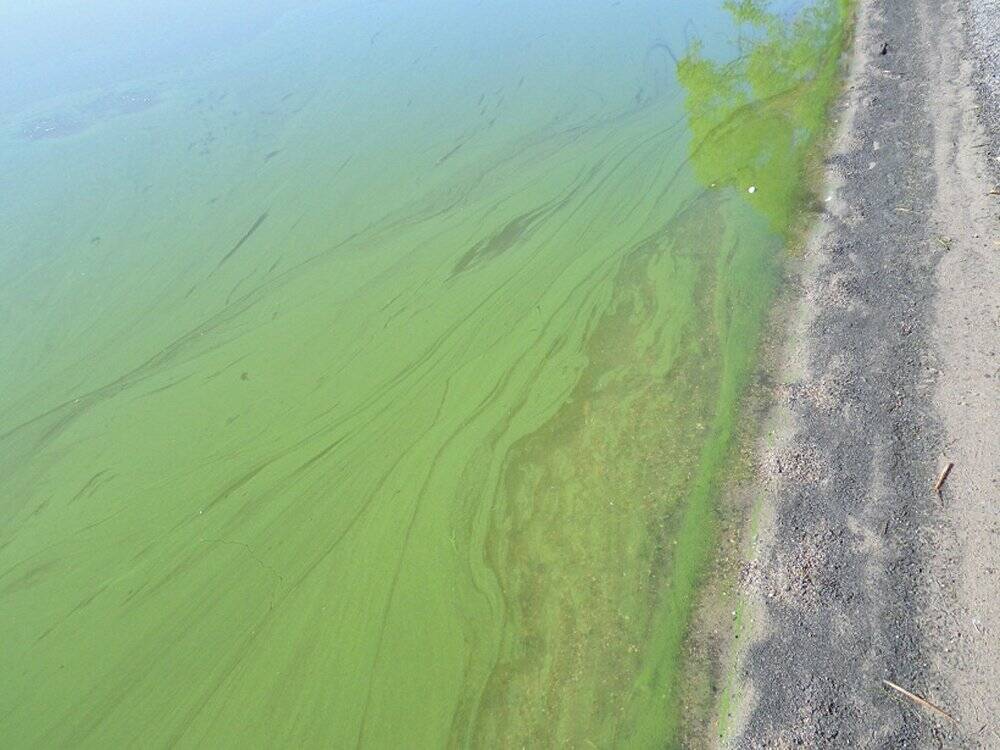
Last year, the City of Winnipeg and fertilizer company Ostara announced that the city wastewater plant upgrades would include nutrient reclaiming technology to generate struvite agricultural fertilizer.
The announcement was pitched as good news for nutrient overloaded Lake Winnipeg, which is a perrenial hot button topic in the province and a often-cited schism between agriculture and environmental policy.
Farmers ready to embrace struvite?
Most organic farmers in Manitoba approve of the direction change, but there is still some hesitation based on possible negative consumer reaction and international trade implications.
“We’re doing a lot of work to really reinforce the education around this being allowed,” said Dewar-Norosky.
Ian Cushon with the Moose Creek Organic Farm Partnership in Oxbow, Sask., is the producer who first proposed bringing struvite to the table. There’s “very little opposition” to this amendment, particularly in parts of Western Canada where low soil phosphorus is a problem, he said.
“There is some concern (about struvite) from Quebec where there is lots of animal manure available and less issues with low P,” Cushon said via email.
“Quebec and Ontario are unlike the Prairies, where we have a shortage of animal manure for the relatively large amount of organic acres. Of course, that depends on the region and where the organic acres are.”
Prairie soils have abundant phosphourus in some places, but much is unavailable to plants for a number of reasons, he wrote, “and it is a relatively slow process to make P more available without the addition of manure or other outside sources.”
He also pointed to phosphorus trials done in co-operation with the University of Manitoba. Those included struvite, and the fertilizer performed well, he said.
Relaxed stance on treated fence posts
In another change, treated wood fence posts would be allowed as perimeter fencing to keep wildlife and non-organic livestock out. This was previously disallowed based on the toxicity of older wood treatments.
That’s changed somewhat, said Dewar-Norosky. Modern treatments are “far less caustic” than they used to be, and there are also few alternatives for farmers to turn to.
“It’s really prohibitive in the Prairies to get non-treated posts such as metal, plastic and concrete,” she said. “This has been under review for a few years, and this year, (the technical committee) decided that there’s enough evidence to support that fence posts that are treated are allowed as perimeter fencing … (It’s) going to make installing fencing on organic acres significantly easier.”
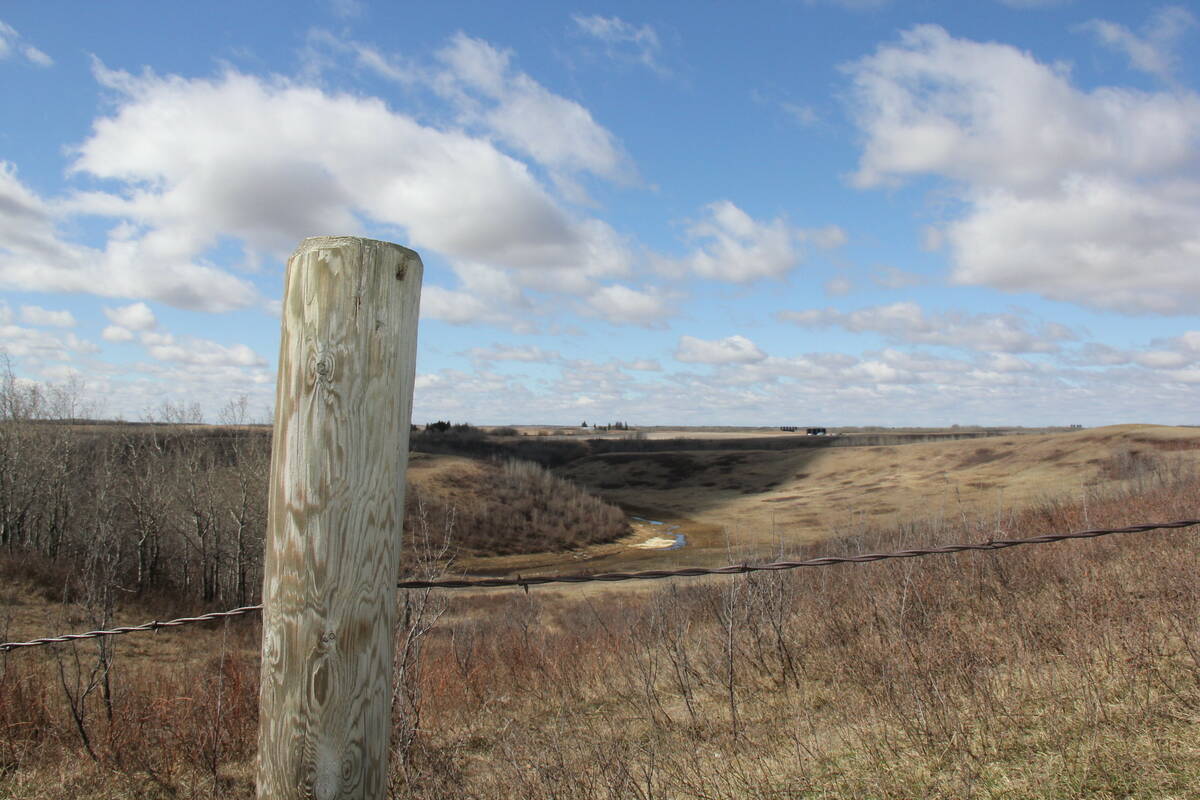
The change would only go as far as the perimeter, however. Treated posts would not be allowed for cross-fencing.
Under the draft standards, treated fence posts still cannot come into contact with organic crops, including roots. “Realistically, your machinery is not going close enough to your fence posts that any contamination in the direct soil won’t be touching your crops,” Dewar-Norosky noted.
A slide presented during the virtual Q&A noted that some wood perservatives are still toxic, although less so than the old products, but “due to the importance of livestock on an organic farm, and the fact that many organic farms don’t certify their livestock, the allowance for perimeter fencing was made under certain conditions.”
Tightening leash on organic-conventional switching
Another amendment increases allowed time for a producer to go back to organic farming after shifting to conventional — from 36 months to five years.
Those who have accidentally broken some organic rules still have 36 months before they can transition back to organic.
“The goal of the system is to have sustainable organic farms that are trying to farm with good, healthy crop rotations — not just gaming the system essentially and threading in and out,” said Dewar-Norosky.
The amendment is intended to make it “a little more difficult” for producers who have gone conventional to regain their organic-certified status, she said.
There are exceptions in cases of accidental non-compliance. Dewar-Norosky would have been among those looking for that exemption at one point.
”I, as a farmer, lost our certification because we were accidentally sprayed. That’s an exception where we waited 36 months. We still had to do the full process but there was no further penalty. If you intentionally take your crops out of organic, you can’t just wait 36 months and go back to organic.”
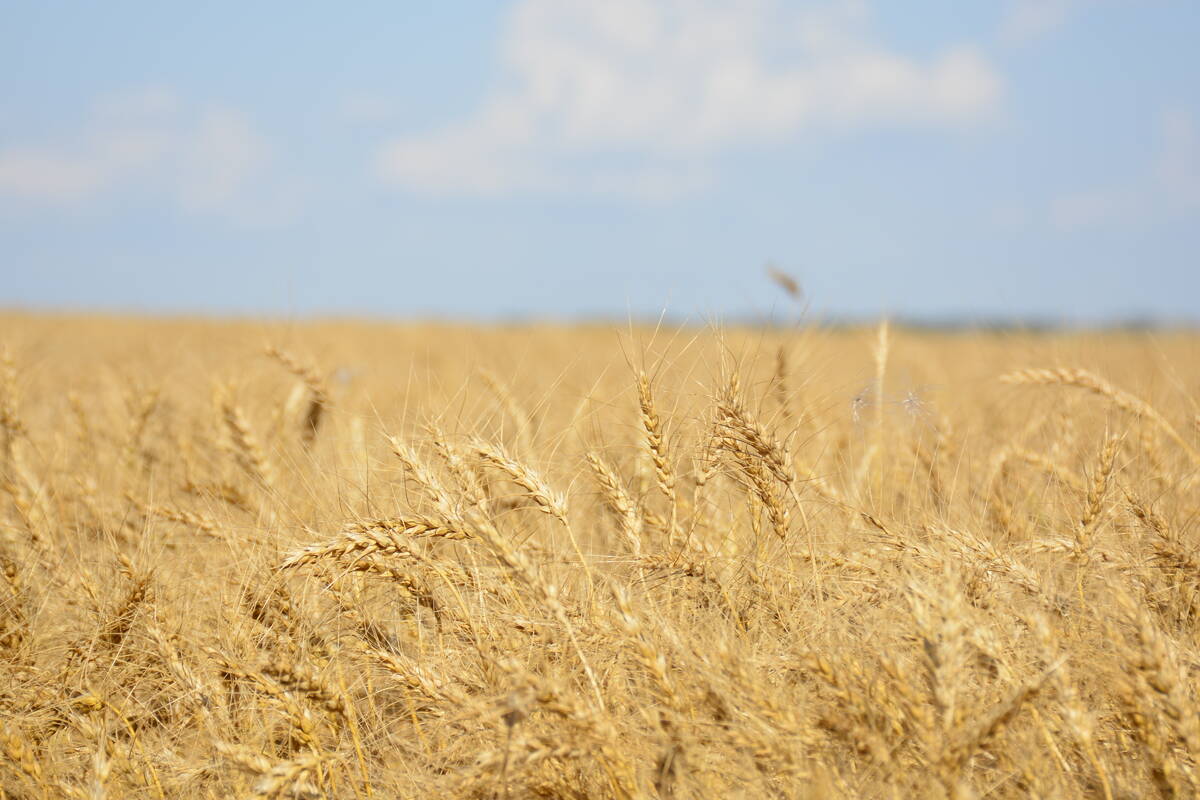
The draft copy of the new standards forbids alternating between organic and non-organic management, but with exceptions for “catastrophic” or “uncontrollable factors.”
In these cases, “The operator may take land out of organic management, provided that … the operator submits written notice to the certification body of the intent to alternate and justification of why organic status cannot be maintained, and receives conditional approval prior to the use of substances or methods prohibited by this standard.”
Approval will be based on a written action plan. It must details of substances and practices to be used, a timeline for transitioning the land back to organic management, and a description of how the organic plan will be amended to avoid the issue from happening again, if possible. It also calls for compliance with requirements to transition land back to organic standards.
According to a survey on the exception put out by the Organic Federation of Canada, 59 per cent felt it should be allowed “only in certain situations.” Five per cent thought it should be allowed once and 23 per cent thought it should never be allowed.
Only 12 per cent felt organic farmers should be allowed to switch back and forth between conventional and organic production with a 36 month window in between.
“So generally, the producers that responded to surveys felt strongly that people shouldn’t be moving in and out of organic production,” said Dewar-Norosky.
Submitting feedback
Anyone wanting to comment on the standards changes can do so on the Organic Federation of Canada website at organicfederation.ca.
“That’s also where you can read the organic standard draft. It goes over all of the changes in another column with rationale explaining why this change was made for every single change,” Dewar-Norosky said.
She also feels consumers and conventional farmers don’t understand how much work and oversight goes into becoming — and remaining — organic producers. “It includes a field inspection, a grain truck inspection, a signed affidavit that the truck is properly cleaned out by a certified organic holder, so anyone that is holding organic grain also has to be inspected and certified to a processor that is inspected and certified.”
“Every step of the way, everyone that touches that grain has to be inspected and certified to ensure there’s no cross-contamination within our food chain,” she added.





